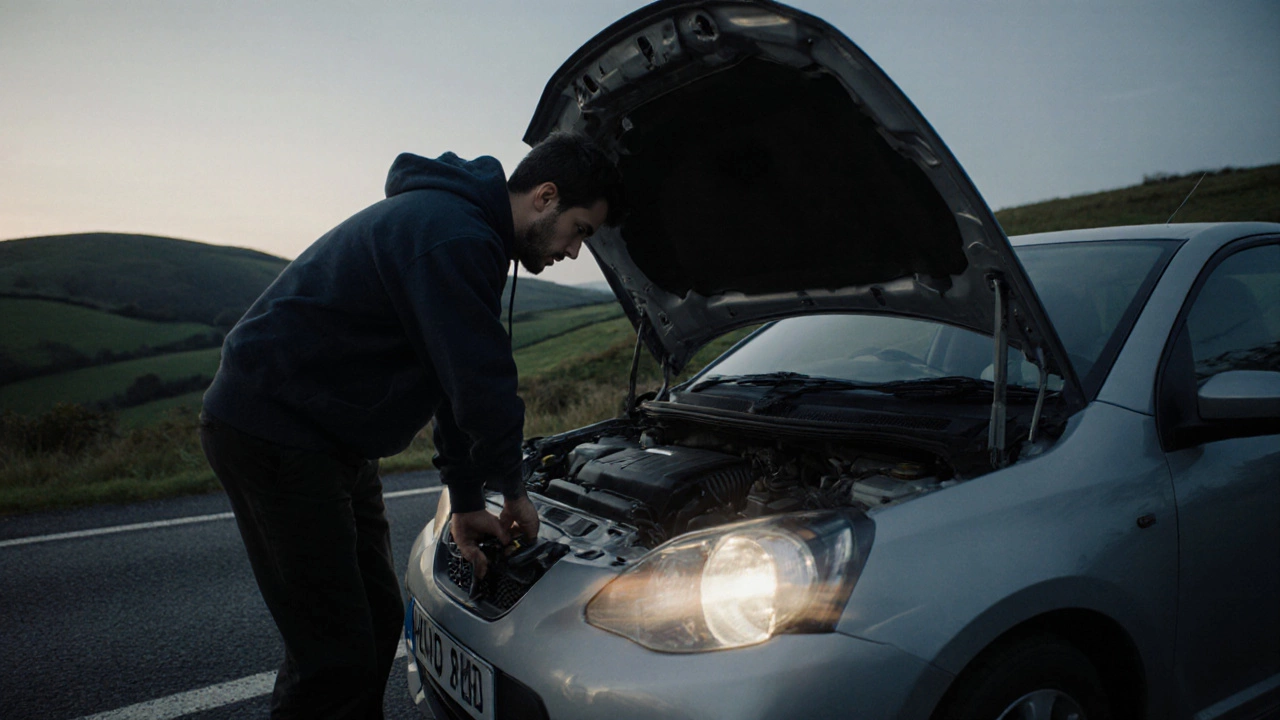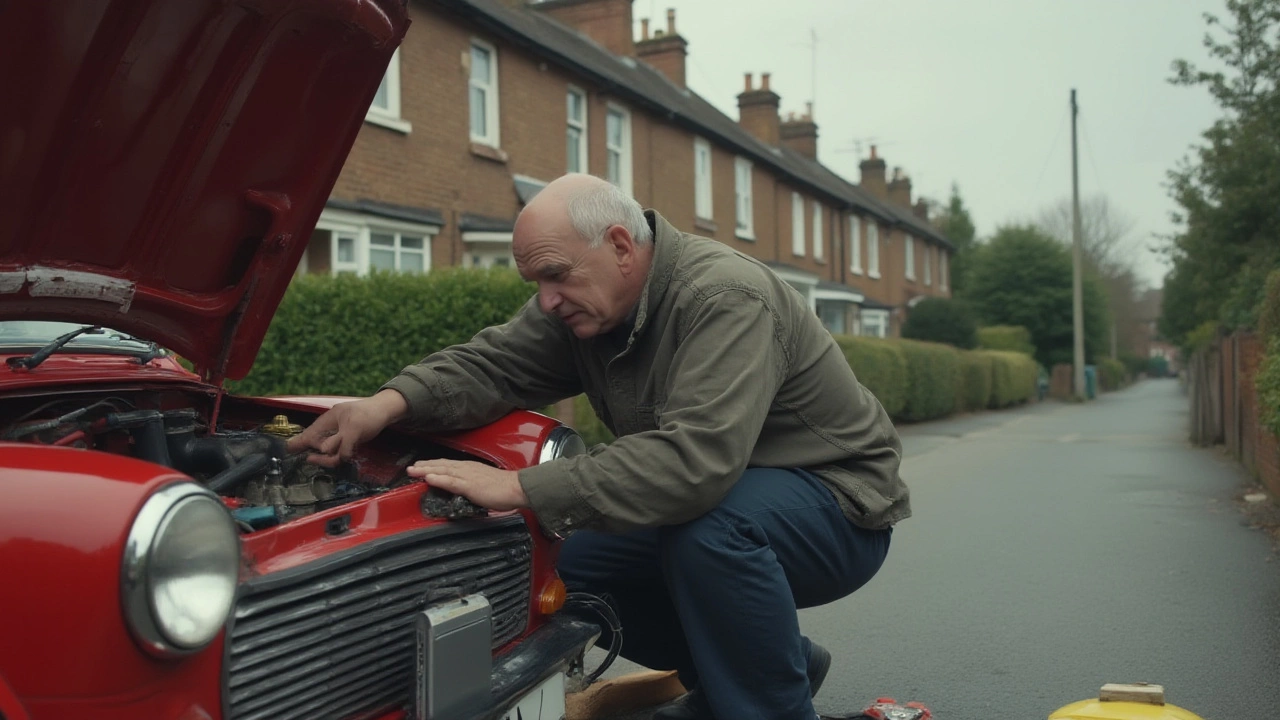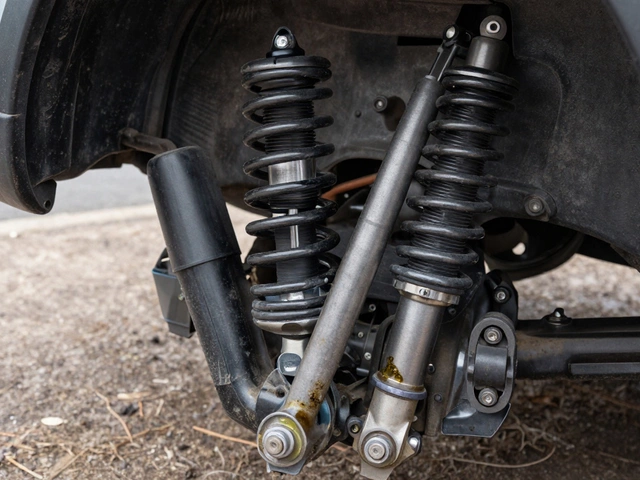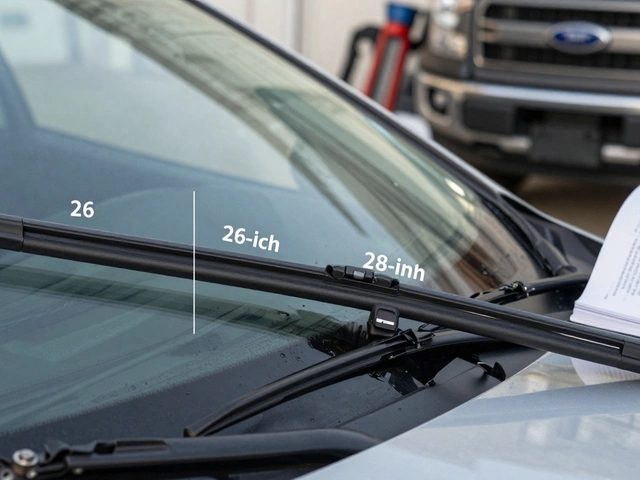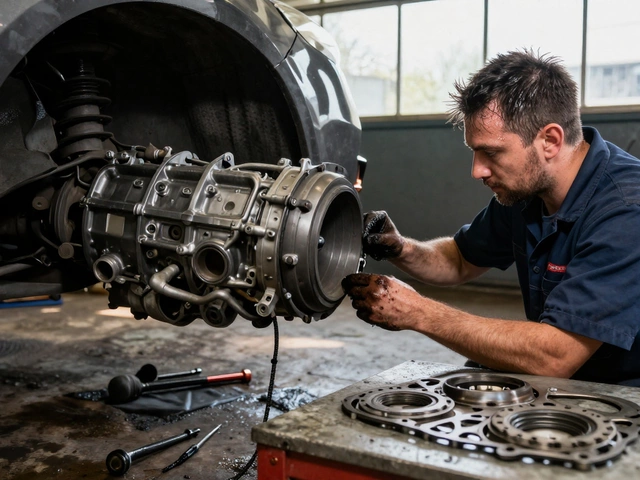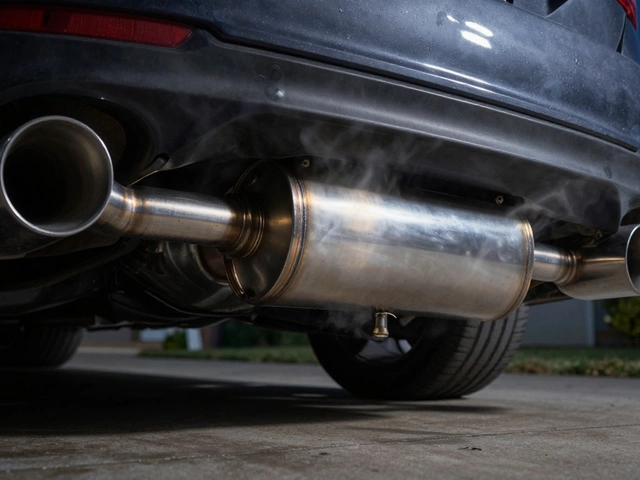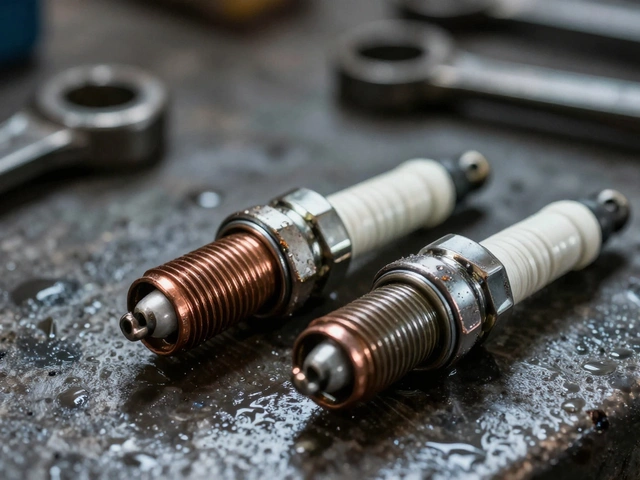Car Won't Start? Here's What Actually Causes It and How to Fix It
When your car won't start, a common automotive failure where the engine doesn't turn over or crank at all. Also known as no-crank or no-start condition, it’s one of the most frustrating problems drivers face—especially when you’re late or far from home. Most people assume it’s the battery, but that’s only half the story. The truth? A car that won’t start usually points to one of five core issues: the car battery health, the power source that starts the engine and keeps electronics running, the fuel pump, the device that pushes gasoline from the tank to the engine, the spark plugs, small components that ignite the air-fuel mixture in the cylinders, a faulty starter, or a sensor sending bad data to the engine computer.
If you hear a clicking sound when you turn the key, that’s almost always the battery or starter. A slow crank? Could be a weak battery or a dying alternator. No sound at all? Check the starter relay or the security system. But here’s what most guides miss: a failing fuel pump can mimic a dead battery. The engine doesn’t get fuel, so it won’t start—even if the battery is fine. That’s why testing the fuel pump pressure matters. And if your car sputters before dying, or it starts fine when cold but not when hot, that’s often a sign of worn spark plugs. They don’t always throw a code, but they’ll stop your car from firing up. Even a dirty air filter or a bad crankshaft sensor can cause a no-start condition, and those are easy to miss without the right tools.
You don’t need to guess. You can test most of these yourself. A cheap multimeter can tell you if your battery has enough voltage. Listening for the fuel pump hum when you turn the key on (before starting) can confirm if it’s working. And checking spark plug condition takes five minutes with a wrench. The posts below give you step-by-step ways to diagnose each of these issues without paying for a tow. Whether you’re dealing with a dead battery, a silent fuel pump, or worn-out spark plugs, you’ll find clear, practical advice that matches what’s actually happening under your hood. No fluff. Just what works.


